- Voir notre groupe de discussion sur la confiance en ligne : http://groups.yahoo.com/group/online-trust

Mission
In particular, practitioners get increasingly confronted with UX issues for which there is no or little validated HCI knowledge.
The mission of this SIG is to identify consumer trust problems in UX design and propose concrete solutions. Its objective is to facilitate the exchange of knowledge between industry and research regarding trust-related issues in e-commerce. Therefore its purpose is:
- To develop substantive knowledge concerning trust dynamics in electronically-mediated forms of commerce;
- To derive methodological knowledge, in the form of tools and techniques for designers and strategists.
Target audience
- Designers / Developers
- Interaction Designers / Usability Engineers
- Business / Marketing
Understanding trust
What are the factors affecting trust? One example is the Model of Trust for E-Commerce (MoTEC), which distinguishes four main dimensions: Pre-Interactional Filters, Interface Properties, Informational Content and Relationship Management (Egger, 2000).
Areas
How do trust issues vary between purely online as opposed to web-related commerce? Where should trust be emphasised within web-related commerce, eg web-intiated and web-finalised transaction? What are the trust issues within mobile commerce (m-commerce)?
Exceptions
What, in terms of design or context, negates the need for trust? For example, a questionnaire which embeds demographic questions by placing it in the context of a personality test. This situation can be conceived of as an opportunistic exchange of information where the user is distracted from perceiving risk. Consumers tend to focus on the direct value generated by their actions, while not realising that they have just given away useful information.
Designing trust
What patterns, principles and strategies will enable practitioners to optimise system acceptance and trust?
Evaluating trust
Use HCI substantive knowledge to derive methods and tools for practitioners that go beyond productivity-based usability and capture UX issues such as engagement and flow. Techniques include:
- Expert Evaluation: theoretical frameworks, checklists.
- User Trials: Testing methods specific to UX, trust measures.
Agenda
- Present the objectives of the SIG
- Gather anecdotes of successful and disastrous trust UX
- Present Egger’s Model of Trust for E-Commerce
- Survey of heuristics and techniques used to address these problems;
- Survey of how traditional user-centred design methods have been modified to accommodate UX design issues
- Identify knowledge and tools required by practitioners
How to quote:
Egger, F.N. & M. McElhaw (2001). UX Strategy: Design & Evaluation of Trust in E-Business, Special Interest Group, CHI2001: Conference on Human Factors in Computing Systems, Seattle (USA), 31 March- 5 April 2001.
References
Egger,F.N. (2000). « Trust Me, I’m an Online Vendor »: Towards a Model of Trustfor E-Commerce System Design. Extended Abstracts, Proc. CHI2000:101-102.
McElhaw, M.A & Hammond, J (2000). »Users to Consumers: The Relevance of Human-Computer Interaction toE-Commerce. » OzCHI 2000 Conference Proceedings: 124 – 128.
Nielsen Norman Group (2000). E-Commerce User Experience: Trust. Available from: nngroup.com.



